Gardening expert Lee Reich wrote about planting flowers, vegetables and more on his land for 30 years.
In his final story, he wanted to leave his readers with some advice.
Over the years, he wrote about tomatoes, how to cut flowers and the worries about household pets eating indoor plants.
He said he was happy to write about working in the garden for gardeners of all levels.
He decided to offer eight pieces of information to help people who grow plants at home, whether they do it on a large piece of land or just two or three containers inside.
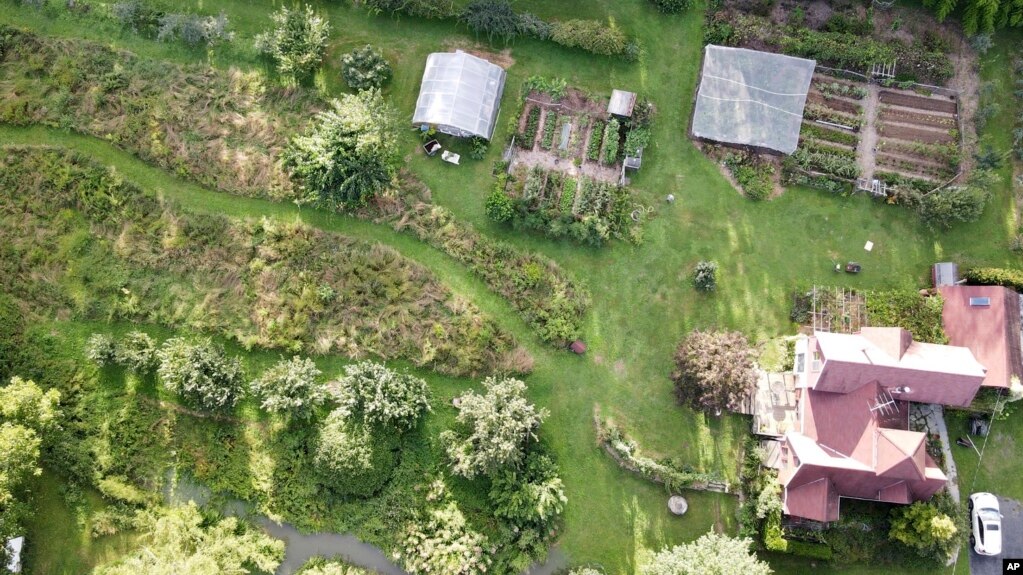
This undated photo shows the garden of writer Lee Reich in New Paltz, NY. A mixed garden of vegetables, flowers, herbs and fruits can please all the senses. (Lee Reich via AP)
Organic matter
Reich said items that were once alive are good to mix into the soil you use to grow plants. This includes leftover foods, green clippings, and leaves that fall from trees. They help keep water in the soil and feed microorganisms that help plants.
Do not panic about pests
Yes, Reich, said, some insects can hurt plants. But it is normal for insects and fungi and other organisms to hurt your garden. He said people who work with plants need to learn how to accept a little damage. When plants get hurt, he said, they come back in other ways, like growing stronger where they are not injured. He said it is a good idea to be thoughtful and find a natural way to fight insects before using a chemical treatment.
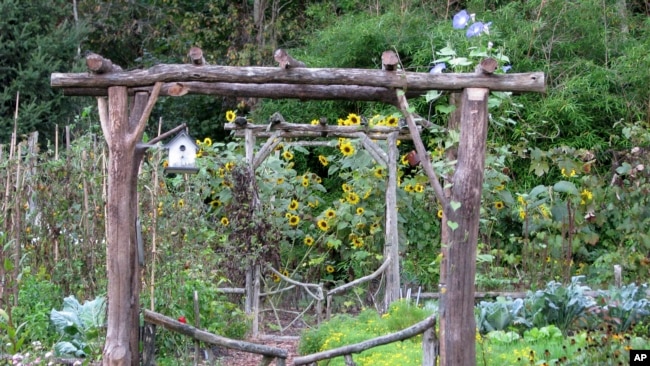
Trust nature
Reich said “Mother Nature” has been helping the Earth develop food and plants for a long time. Gardeners, he said, should not be too worried about ground cover that grows naturally. Some people call these weeds.
Reich also noted that it is important to think carefully about the soil you plant in. Do not put plants that are best in dry parts of the world where it is very wet. Do not put plants that do best in wet conditions where it is very dry.
Take photos and write notes
Each year, he said, it is a good idea to take photos of your garden and write down what you planted, and when you did the work. That way, you can learn from what worked well and what did not. The next year, you can decide what to plant based on your past experience.
Former U.S. President Thomas Jefferson once wrote: “Though an old man, I am a young gardener.” His archives show good notes about his gardens.
Do not think like everyone else
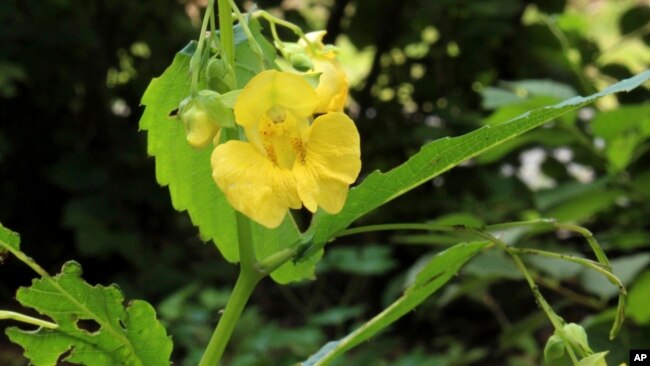
Example 1: Some people think pulling weeds from the garden is not fun. But Reich says that is not the right way to think of the job. A good idea is to look at your garden and take the weeds out every three or four days. That way, the work never takes too long. When you change the way you think, he said, a job once seen as difficult can become enjoyable. One other warning? Do not turn over the soil too much. That work often turns over weed seeds that would not grow otherwise.
Example 2: Reich said you should mix and match plants and flowers. There is no reason you cannot plant eggplant, peppers and other vegetables with your flowers. Those plants look nice and the flowers will bring helpful insects like bees to the garden.
Example 3: You can plant fruit trees wherever you want. You do not need an orchard. Many fruit trees look nice by themselves along with producing food that tastes good.
Get help from trusted sources
Reich wrote about plants for 30 years, but sometimes he has questions. In those cases, he searches on the internet, but he centers his searches on information from educational institutions and government agencies. Even if the sources are not right 100 percent of the time, most of the time they have good information. It is hard to see the difference, sometimes, between good information and bad when it comes from sources you do not know well.
Grow various plants, especially ones you can eat
Sometimes bad weather can hurt plants. Other times, disease can hurt them. If you plant vegetables that are ready to eat at different times of the year, you can make sure that even if there is a problem in August or September, you picked something good to eat earlier in the year. In Reich’s experience, one year in the northeastern United States, a sickness late in the summer hurt many tomato plants. But that year, he already picked peppers, corn, kale and other vegetables.
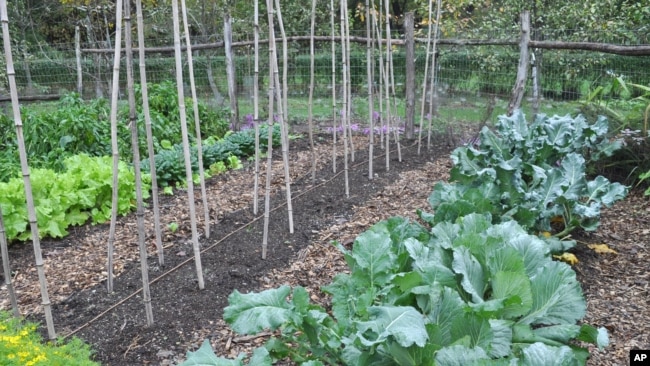
Do not plant too much
You may get advertisements. You may go past a plant store that looks good. Even warm weather early in the year might make you excited to start planting. But Reich says it is better to have a small garden than a large one. When he has friends come over, they admire all his fruits and vegetables. However, he warns, “don’t do this at home!”
In the end, Reich said, he may not be writing as much. However, he will never stop working in his garden. He will plant some new items and remove old ones in the next year. For example, he wants to plant rhododendrons and winterberry. He will build another stone wall he can use to support lingonberry and dwarf sweet box. The work never ends.
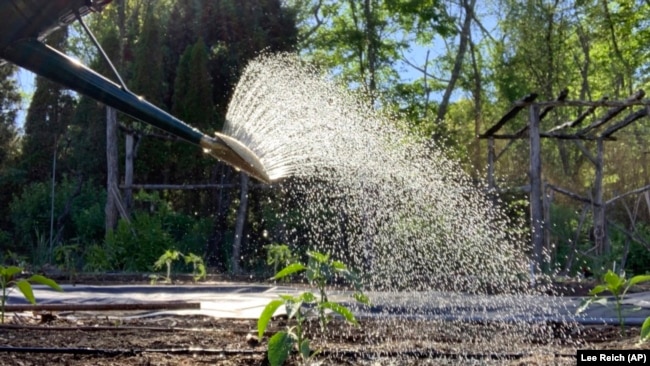
Even if he is not writing as often, Reich plans to keep writing on his own website – leereich.com. You can visit him there if you want to keep up with his work, and perhaps see photos of his new projects.
He will be working hard, even on the cold days of winter.
I’m Dan Friedell.
Dan Friedell adapted this story for Learning English based on a story by Lee Reich of the Associated Press.
What have you learned from Lee Reich that you have put to use in your garden? Tell us in the Comments Section and visit WWW.VOA-STORY.COM
Quiz – Final Thoughts from a Garden Expert
Start the Quiz to find out
____________________________________________________________________
Words in This Story
advice – n. an opinion or suggestion about what someone should do
microorganism – n. an extremely small living thing that can only be seen with a microscope
fungi – n. any one of a group of living things (such as molds, mushrooms, or yeasts) that often look like plants but have no flowers and that live on dead or decaying things; the plural of fungus
archives – n. a place in which public records or historical materials (such as documents) are kept
mix and match – v. to put different things (such as pieces of clothing) together in different ways
weed – n. a plant that grows very quickly where it is not wanted and covers or kills more desirable plants
orchard – n. a place where people grow fruit trees
admire – v. to look at (something or someone) with enjoyment